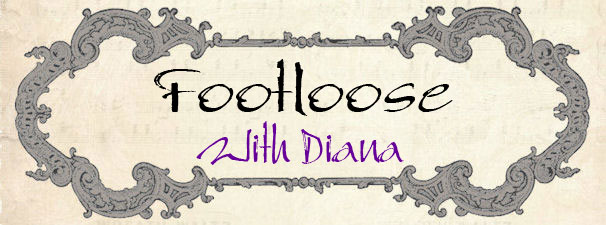Ronda was founded by the Romans, but has been conquered and reconquered for its entire history. It was one of the last bastions of the Moors, finally falling to the Christians in 1485. It's sited dramatically on a very high point of ground with sweeping views of the surrounding agricultural land.
I was quite taken by a large tile map of the area, surrounded by quotes by various authors and other visitors about the charms of Ronda:
Ronda is best known in Spain for the development of the modern traditions of bullfighting by the Romero family. They got the bullfighter off the horse and introduced use of the cape. Its bullring is one of the oldest in Spain.
Ronda held a lot of charms for various authors, including Rilke and Hemingway, who based a scene in "For Whom the Bell Tolls" on an event that happened here in the Spanish Civil War. Orson Welles was a frequent visitor; both he and Hemingway are commemorated by short paseos around the Alameda del Tajo:
I was quite taken by a large tile map of the area, surrounded by quotes by various authors and other visitors about the charms of Ronda:
Ronda is best known in Spain for the development of the modern traditions of bullfighting by the Romero family. They got the bullfighter off the horse and introduced use of the cape. Its bullring is one of the oldest in Spain.
Statue of Pedro Romero, native son and transformer of bullfighting; he died in 1839; the statue is in the serenely beautiful park, Alameda del Tajo
Bullfighting poster of Rafael Tejada, owner of ReservaTauro, which we visited on our way to Ronda
Ronda held a lot of charms for various authors, including Rilke and Hemingway, who based a scene in "For Whom the Bell Tolls" on an event that happened here in the Spanish Civil War. Orson Welles was a frequent visitor; both he and Hemingway are commemorated by short paseos around the Alameda del Tajo:















No comments:
Post a Comment